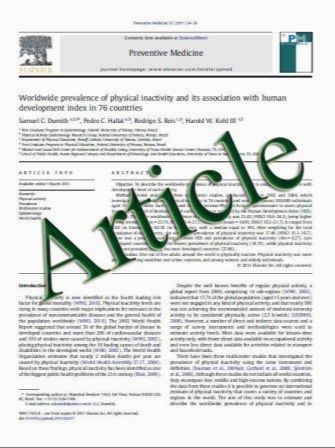Epstein–Barr virus (EBV)-associated primary central nervous system lymphoma: is incidence of EBV expression associated with median survival time?
- نوع فایل : کتاب
- زبان : انگلیسی
- مؤلف : Satoshi Utsuki Hidehiro Oka Yoshiteru Miyajima Chihiro Kijima Yoshie Yasui Kiyotaka Fujii
- چاپ و سال / کشور: 2011
Description
The frequency and clinical features of Epstein– Barr virus (EBV)-associated primary central nervous system lymphoma (PCNSL) in elderly patients were investigated in this study. Thirty-three PCNSL cases were enrolled in the retrospective study. Biopsies were performed, and tissue was embedded in paraffin and sectioned. In-situ hybridization of EBV-encoded small RNAs was then conducted. Specimens were scored as having one of three possible results: negative (no EBV-positive cells), slightly positive (\50% EBV-positive cells), and strongly positive ([50% EBV-positive cells). Fifteen cases were negative for EBV expression. Sixteen cases were slightly positive, and two cases (68 and 79 years of age) were strongly positive. The incidence of strongly positive EBV expression in PCNSL was 6.1%. The incidence of strongly positive EBV expression in PCNSL patients C65 years of age was 13%. Median survival time differed significantly among PCNSL patients treated with high-dose methotrexate and radiotherapy. Importantly, the strongly EBV-positive PCNSL cases had the worst outcomes, and the EBV-negative PCNSL cases had the best outcomes. These results suggest that EBV infection may affect the treatment outcome of PCNSL. In the future, examination of EBV expression in PCNSL patients who receive individualized treatment may be useful
Brain Tumor Pathol (2011) 28:145–149 DOI 10.1007/s10014-011-0020-x Received: 8 September 2010 / Accepted: 12 January 2011 / Published online: 16 February 2011 The Japan Society of Brain Tumor Pathology 201


